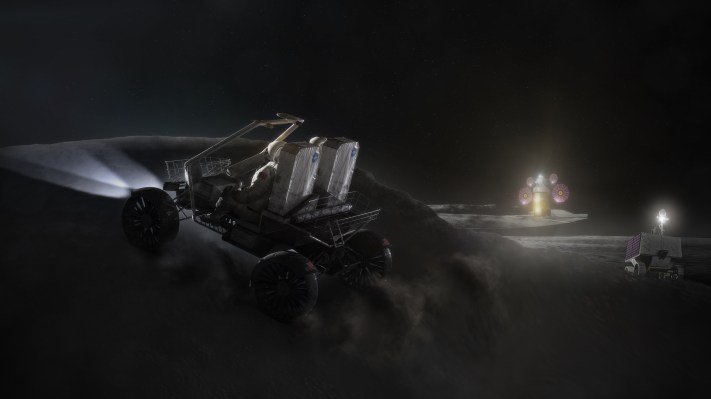NASA is looking for input from industry — including vehicle makers and tech companies not necessarily already in the space business — as to what future lunar rovers should look like. This is part of its Artemis program, which seeks to return humans to the surface of the Moon, including the first woman and the next American man.
This ask includes two formal Requests for Information (RFI): One seeking ideas about robotic rovers designed for automated exploration, and another looking for concepts and ideas that could lead to the development of a lunar terrain vehicle (LTV) that’s rated for human use, with astronauts able to drive them around on the Moon while wearing protective pressurized suits (meaning they’re essentially looking for open-top designs).
NASA’s goal with these vehicles is to help astronauts explore beyond their future landing site, which will be somewhere on the lunar South Pole, and be able to extend the range of terrain they can access to conduct their experiments and gather data. The robot vehicles will support in a similar fashion, while also ideally being able to reach where humans can’t necessarily reach.
In its explanation of the RFI, NASA notes that it’s looking for expertise from industry players involved in all types of vehicle production, including all-terrain, electric and other kinds of ground craft. That could include autonomous car companies and innovative mobility tech startups, for instance.
NASA plans to address questions during a virtual industry forum in case anyone’s seeking more info, and submissions are due on February 26 for the LTV rover RFI, while there’s a little longer to contribute to the robotic rover RFI, which closes on March 6.
The agency issued a similar RFI for commercial robotic lunar landers in 2018, prior to announcing its Commercial Lunar Payload Services contract program in February 2019. Given that model, it may indeed be the case that this RFI ultimately leads to some kind of commercial partner program for rovers to be used in future NASA Moon missions as well.
